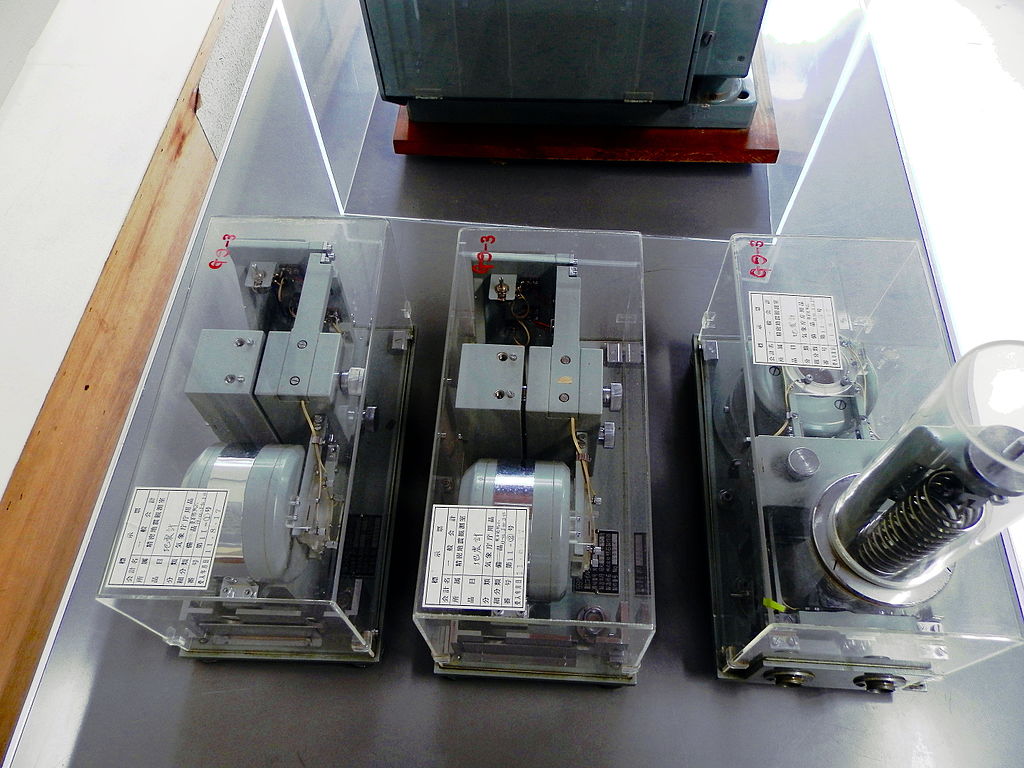Earthquakes are measured by special machines called seismometers or seismographs. Scientists use the numbers from 1 to 10 to say how strong an earthquake is. This number system is called a scale, or a magnitude scale. Magnitude means how big or strong something is. Higher numbers mean stronger earthquakes.
The scale is a little bit tricky because for each number you go up in the scale, the strength of the earthquake is 10 times stronger. For example, a 5.0 earthquake is about 10 times stronger than a 4.0 earthquake, and 100 times stronger than a 3.0 earthquake.

(Source: Apple2000, via Wikimedia Commons.)
Charles Richter created the Richter magnitude scale in 1935. Later, scientists started using the “moment magnitude scale” (MMS) instead. But the scales are about the same.
Here is a general idea of the scale:
| 1.0-2.0 | People do not feel these. |
| 3.0 | People can feel these, but they almost never cause damage. |
| 4.0 | Objects inside houses can move, causing noise. Things are rarely damaged. |
| 5.0 | Buildings that are not built well may be damaged. Light objects inside a house may be moved. |
| 6.0 | Medium power. May cause a lot of damage in a larger area. |
| 7.0 | Can damage things seriously over larger areas. |
| 8.0-9.9 | Massive (huge) damage is caused. |
| 10.0+ | There are no records of anything of this size. |
